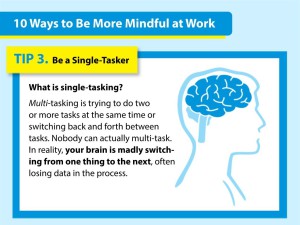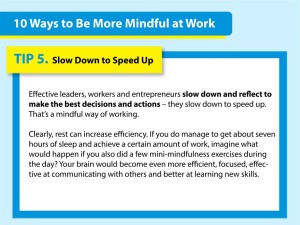Anxiety–what is it?
It’s a feeling of worry, of nervousness or unease, most likely in regards to an imminent event, or something out of your own control. Often associated with panic attacks, obsessive thoughts, unrelenting worries, and incapacitating phobias, approximately 40 million Americans aged 18 and older suffer from anxiety disorders.
Myriad therapies cater to the needs of those experiencing anxiety, such as cognitive behavioral therapy and exposure therapy, giving those who suffer the tools to manage anxiety and stress levels, worrisome thoughts, and debilitating fears.
Therapy vs. Medication
Anxiety medication, though widely prescribed, isn’t nearly as effective as anxiety-targeted therapy. This is because therapy, unlike medication, addresses more than just the current symptoms presenting themselves. With therapy, you’re able to uncover underlying causes of your anxieties and fears and find the best tools to manage them in real-world situations.
Because anxiety disorders differentiate vastly, from a driver’s phobia of bridges to a war veteran experiencing PTSD, therapy can be tailored specifically to fit your symptoms as well as your individual needs. The most popular courses of treatment are cognitive behavioral therapy and exposure therapy, and are relatively short-term, with people showing significant improvement after 8 to 10 sessions, according to the American Psychological Association.
Cognitive behavioral therapy (CBT)
The most widely-used course of treatment for anxiety disorders, it has proven effective in helping those suffering from panic disorder, phobias, social anxiety disorder, and generalized anxiety disorder, among others.
Addressing negative patterns and distortions in the way we view ourselves and the world around us, CBT involves two main components: cognitive therapy and behavior therapy. The first examines the relationship between negative thoughts and anxiety, while the latter examines how behaviors and reactions to situations trigger anxiety.
Exercises associated with CBT often involve: learning to recognize your own anxiety and what it feels like both emotionally and physically, adopting coping skills and relaxation techniques to cope with and overcome feelings of anxiety and panic, and confronting real and/or imaginary fears.
Exposure therapy
Experiencing feelings of anxiety is no walk in the park. In fact, for some, it’s completely debilitating. It’s only natural that those who experience it try to avoid triggers as much as humanly possible.
The problem there is that people tend to miss out on a lot, and by avoiding these triggers of anxiety and fear, they remain unconfronted, thus holding power over you and your everyday life.
Exposure therapy does exactly what the name suggests: exposes you to the cause of your fear, whether it be an object or situation. The rationale behind the treatment is that through repeated exposure, participants will gain back control and the power their anxiety and fear once held. Exposure therapy can be conducted on its own, or in collaboration with cognitive behavioral therapy.
These confrontations can happen either hypothetically, in therapy, or out in the real world. Typically, these confrontations start on a small scale step-by-step approach called systematic desensitization, which allows you to gradually challenge fears while building confidence and mastering coping strategies.
Other therapies
While discovering underlying factors and coping mechanisms in anxiety therapy, there are complimentary therapies to help manage overall stress levels you can practice in order to help achieve emotional balance:
Exercise naturally releases hormones that combat stress and anxiety, and research has shown that as little as 30 minutes of exercise three to five times per week has a significant impact on improving anxiety levels.
Practicing relaxation techniques (like mindfulness meditation, progressive muscle relaxation, controlled breathing and visualization) on a regular basis is shown to reduce anxiety and increase levels of relaxation and emotional well-being. It doesn’t hurt that it’s also completely free.
Using sensors that measure specific physiological functions, otherwise known as biofeedback, helps you become more in-tune with how stress and anxiety affects your body, how to recognize it, and control it. Heart rate, breathing, and muscle tension are just some of the physical indicators.
Make it work for you
Anxiety and stress doesn’t go away in a day, it requires time and commitment. Practicing exposure therapy and uncovering underlying causes of your anxiety might make you feel worse before you feel better, but it’s key to stick to your treatment and work together with your therapist. Remember, therapy is giving you tools to manage your anxiety and fears on a long-term scale; it’s not meant to be a quick fix.
You can support your own therapy by making positive, healthy lifestyle choices daily. This includes learning about anxiety and your anxiety in particular, maintaining positive connections with people (family, friends, your therapist, support-groups, etc.), as well as eating healthy and exercising regularly.













